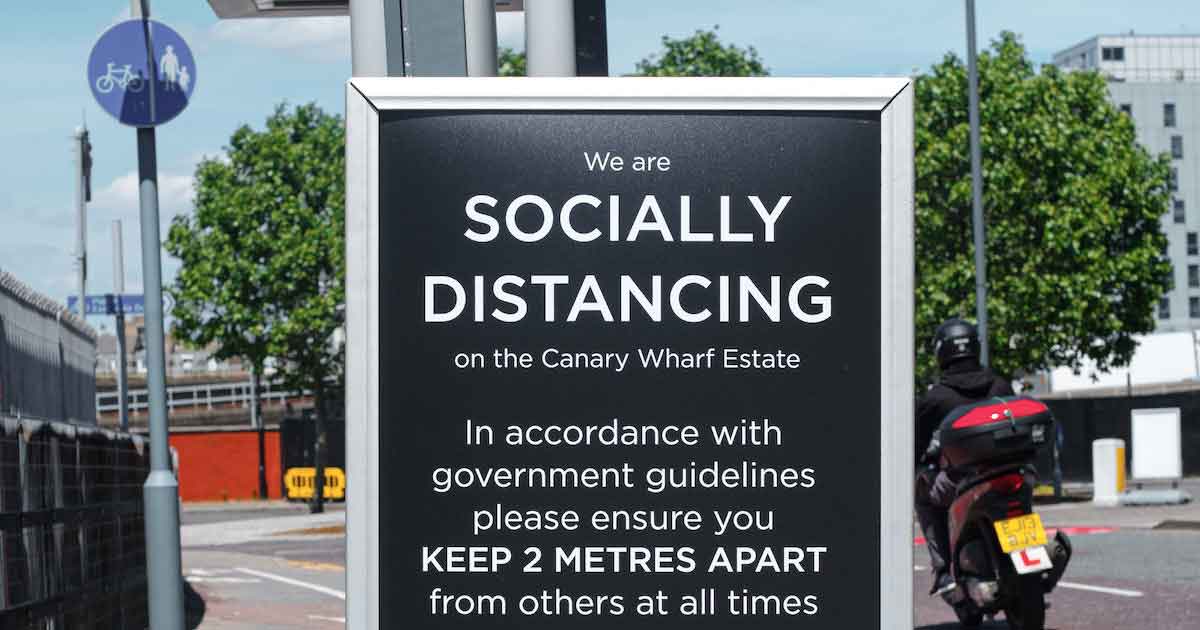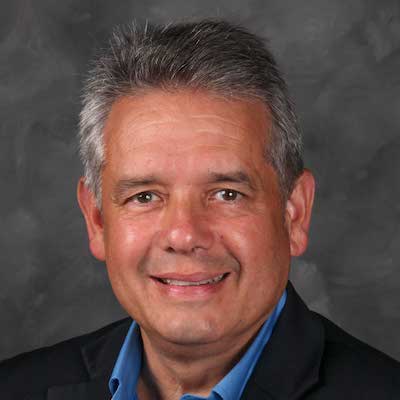The World Health Organization’s (WHO) newly issued guidelines for outdoor events and mass gatherings gives some guidance on how face-to-face meetings and events might proceed, but also adds a layer of confusion for some meeting professionals.
Several meeting planners reviewed the guidelines, which were issued over the weekend. The guidelines, which update a report published by the WHO in March, have been revised to “reflect the evolution of the knowledge on the pandemic over the past weeks and to ensure alignment with the most recent guidance on COVID-19 issued by WHO,” the report said.
“Do we add another level of government? Having government determine if my event should move forward scares me.”
“Since mass gatherings have substantial political, cultural, social and economic implications, authorities should assess the importance and necessity of an event and consider the option that it may take place, provided all associated public health risks are adequately addressed and mitigated,” the report said.
It went on cite risk factors to consider for outdoor events and mass gatherings, including the following.
· Venue: Location, size/type, indoor/outdoor, crowd density.
· Attendees: Age, health status, provenance, international/local travel to event.
· Event activities: The expected interactions among participants occurring during the event (closeness of contact, etc.).
· Duration: How long the event and particular sessions will be, and how long attendees will be expected to be together in enclosed spaces.
· Local healthcare infrastructure: The policies, resources and capacities at the host country’s disposal to detect and manage cases of COVID-19.
A planning phase would incorporate areas such as communication, a preparedness plan and capacity and resources, followed by an operational phase which takes into consideration modifications such as hosting the event at least partially online/remotely/virtually, in an outdoor venue rather than indoors, adjusting the capacity and ensuring health protocols.
“Any decision to restrict, modify, postpone, cancel or proceed with holding a mass gathering should be based on a rigorous risk assessment exercise, tailored to the event,” the report said. “The risk assessment should be undertaken by local and national public health authorities and event organizers with input from other relevant authorities (emergencies, transport, safety and security, etc.).”
Brent Taylor, CMP, DES, CMM, president of Timewise Event Management Inc. in Edmonton, Canada, called the document “interesting,” but added it is general.
“As an event organizer, it leaves me questioning what size of event actually constitutes a mass gathering being there is no reference to attendance numbers,” he said. “What about the role of business events? They imply that mass gatherings are recreational events and don’t necessarily need to be hosted. Business events are necessary to conduct business and drive our economy forward.”
MPI Coronavirus Resources: Webinars, Podcasts, Wellness Opportunities and More
Taylor said the WHO report outlined the foundation for a rigorous risk assessment exercise that every mass gathering needs to be put through.
“Where do the resources come from to do this?” he asked. “Do we add another level of government? Having government determine if my event should move forward scares me. Or can a blanket set of recommendations be developed that the event organizer would follow to assess the risk?
“Recommendations being brought forward like physical distancing, wearing masks and isolation facilities concern me. If the risk is high enough that they are deemed necessary, then we shouldn’t be hosting the event. Also, at what point do these practices become detrimental to people registering or purchasing tickets to the event?”
Elisabetta Caminiti, owner and managing director of Mine Company, Meeting Incentive New Events in Treviso Area, Italy, said the WHO document also struck her as very general and vague.
“Of course, they can be used as a good base for each nation which has to then apply the rules to their events in their country,” she said.
In Italy, for example, meeting professionals are waiting for the acceptance of new protocols which include dates for the opening of meetings and events, best practices and guidelines that have to follow the general national laws of the last decree.
“The outline should encourage meeting professionals that they can safely critique their events for a go/no-go decision.”
MaryAnne P. Bobrow, CAE, CMP, CMM, of Bobrow Associates in Citrus Heights, Calif., did an exhaustive comparison of the latest WHO report with the previous iteration as well as the most current U.S. Centers for Disease Control (CDC) and Prevention guidelines.
“If they read them, they will see their own plan evolving if they just set up the steps outlined,” she said. “They are well done, but CDC guidelines should also be incorporated.”
Bobrow recommended a grid to show how the WHO and CDC guidelines align to give meeting professionals greater visibility into the complex issues surrounding the return of face-to-face meetings and events.
“In essence, this update includes far more specific recommendations on procedures and offers both a quasi-checklist of procedures and processes that should be incorporated into organizations’ emergency preparedness plans and best practices,” she said.
Annette Gregg, CMM, senior vice president for experience at Meeting Professionals International, said the report is a useful and relevant tool to help the industry get ready to meet again.
“While some of the ideas have been circulated in other forums, the white paper includes new thoughts and clear steps to take during the planning and operational phases,” she said. “The outline should encourage meeting professionals that they can safely critique their events for a go/no-go decision. We will definitely take these recommendations into consideration as we craft our duty of care plan for our World Education Congress in November.”
Photo by Ehimetalor Akhere Unuabona on Unsplash.



